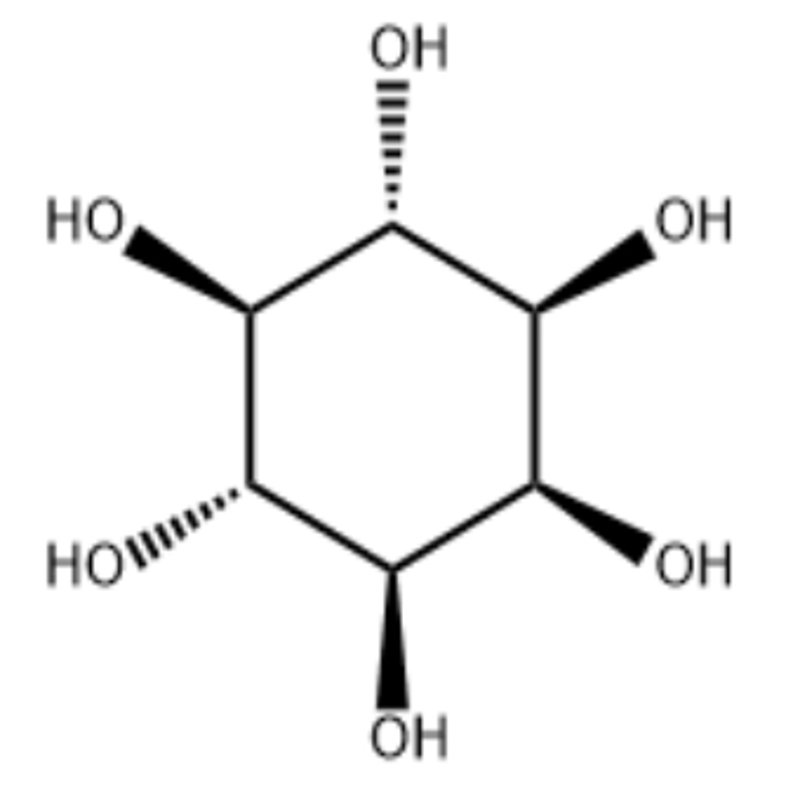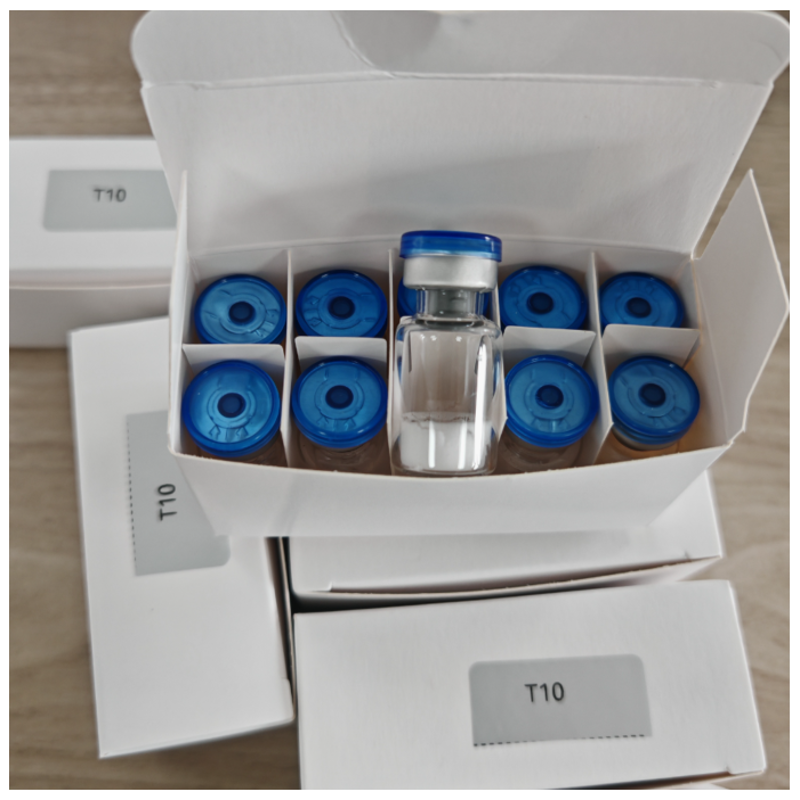-
Categories
-
Pharmaceutical Intermediates
-
Active Pharmaceutical Ingredients
-
Food Additives
- Industrial Coatings
- Agrochemicals
- Dyes and Pigments
- Surfactant
- Flavors and Fragrances
- Chemical Reagents
- Catalyst and Auxiliary
- Natural Products
- Inorganic Chemistry
-
Organic Chemistry
-
Biochemical Engineering
- Analytical Chemistry
-
Cosmetic Ingredient
- Water Treatment Chemical
-
Pharmaceutical Intermediates
Promotion
ECHEMI Mall
Wholesale
Weekly Price
Exhibition
News
-
Trade Service
Patients with type 1 diabetes, especially postprandial blood glucose control is a challenge
.
Carbohydrates (CHOs) are the main determinant of the postprandial glucose response (PGR)
Carbohydrates (CHOs) are the main determinant of the postprandial glucose response (PGR)
Results: Breakfast, lunch and dinner had significant differences in energy, nutrient intake and insulin dosage
.
The postprandial blood glucose curve showed an earlier peak after breakfast, and did not rise slowly until 4 hours after lunch and dinner (p<0.
Figure 1 Blood glucose concentration (solid line, meaning ±SE) and insulin dose are automatically used by the pump as post-meal microboluses and adjusted pills are recommended by participants according to hcl (vertical bar) breakfast (n = 398) (a), lunch (n = 4 4 1) (b) and dinner (n = 4 2 5) (c)
Figure 1 Blood glucose concentration (solid line, meaning ±SE) and insulin dose are automatically used by the pump as post-meal microboluses and adjusted pills are recommended by participants according to hcl (vertical bar) breakfast (n = 398) (a), lunch (n = 4 4 1) (b) and dinner (n = 4 2 5) (c)Figure 2 CGM has indicators for breakfast, lunch and dinner
.
Means ±SD; *p<0.
Figure 2 CGM has indicators for breakfast, lunch and dinner
Table 1 The relationship between dietary nutrients and blood sugar control (TIR 3.
9-10.
0 mmol/l) at breakfast, lunch and dinner
9-10.
0 mmol/l) at breakfast, lunch and dinner
Table 2 In the early postprandial period (0-3 hours) and 3-6 hours, the nutritional content and insulin dose after the meal (pill automatically provided by the pump plus the adjustment pill provided by the participant according to the HCLS recommendation) relation
Table 2 In the early postprandial period (0-3 hours) and 3-6 hours, the nutritional content and insulin dose after the meal (pill automatically provided by the pump plus the adjustment pill provided by the participant according to the HCLS recommendation) relationConclusion: This study shows that nutritional factors other than the amount of carbohydrates significantly affect postprandial blood glucose control
.
These nutritional determinants are different between breakfast, lunch and dinner, and have different effects on blood glucose levels and insulin requirements after meals, so HCLS is still a challenge
This study shows that nutritional factors other than the amount of carbohydrates significantly affect postprandial blood glucose control
Vetrani C, Calabrese I, Cavagnuolo L, et al.
Dietary determinants of postprandial blood glucose control in adults with type 1 diabetes on a hybrid closed-loop system.
Leave a message here







